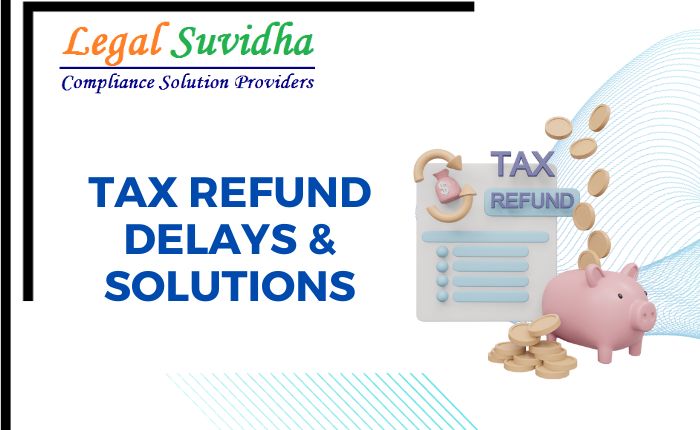An income tax refund is a reimbursement of excess taxes paid to the government. When you pay more in income taxes throughout the year than you owe, you can claim a refund, which is the extra money returned to you by the tax authorities. In this comprehensive guide, we will not only explore how to check your income tax refund status but also address various causes and solutions for delays.
Checking Your Income Tax Refund Status:
To check the status of your income tax refund, follow these steps:
1. Visit the official website: https://tin.tin.nsdl.com/oltas/refund-status-pan.html
2. Enter your PAN details (Permanent Account Number).
3. Choose the assessment year for which you want to check the refund status.
4. Enter the captcha code displayed on the screen.
5. Click on “Submit,” and the status of your refund will be displayed.
Common Causes and Solutions for Tax Refund Delays:
1. Waiting for Verification:
If you have successfully submitted your income tax return but haven’t completed the electronic verification process yet, you can finalize the e-verification using methods such as Aadhar OTP, net banking, or by sending a physical signed copy to the income tax department.
2. Refund Rejection:
Your refund request may be rejected if the Income Tax department determines that you owe taxes based on their calculations. They will compare their calculated tax liability with the calculations you provided in your tax return. If differences exist, you may receive a notice specifying the amount you need to pay.
3. Fixing Mistakes:
A return marked as “defective” under section 139(9) of the Income Tax Act typically indicates an incomplete or improperly filled-out return. To resolve this, you will need to rectify the defects and resubmit the return.
4. Bank Account Issue:
Ensure that your bank account is pre-validated on the Income Tax Portal to receive refunds correctly. Pre-validation ensures that the money is credited to the correct account.
5. TDS/TCS Mismatch:
Discrepancies between the TDS/TCS claimed in your return and the information in Form 16 or Form 26AS can lead to delays. Reconcile these figures and correct any discrepancies before proceeding with your return.
6. No Extra Money, No Extra Taxes:
This status indicates that your Income Tax Return (ITR) has been duly processed, and neither a refund nor additional tax demand is applicable. Your tax liability has been settled, requiring no further action.
7. Using Your Refund to Pay Debts:
Sometimes, your initially payable refund may be adjusted against outstanding taxes from previous years. The Income Tax department uses the refund to clear your existing tax liabilities.
8. Bank Account Name Issue:
Ensure that the name on your bank account matches exactly with the name on your tax return. Mismatches can lead to tax refunds being returned to the Income Tax Department. Update your bank account information to receive the refund correctly.
In conclusion, understanding the intricacies of income tax refunds and addressing common issues is crucial to ensuring a smooth and timely refund process. By following these guidelines and resolving any potential problems, you can navigate the tax refund process with confidence.
If You have any queries then connect with us at [email protected] or [email protected] & Contact us & stay updated with our latest blogs & articles









